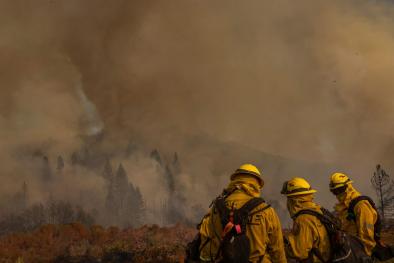Science Source
The Role of Human Activity in the Recent Warming of Extremely Warm Daytime Temperatures
- Presents an optimal fingerprinting analysis that also detects the contributions of external forcings to recent changes in extremely warm days using nonstationary extreme value theory
- The authors’ analysis is the first that attempts to partition the observed change in warm daytime extremes between its anthropogenic and natural components and hence attribute part of the change to possible causes
- Represents changes in the extreme temperatures by the temporal changes in a parameter of an extreme value distribution
- Computes regional distributions of the trend in the parameter are computed with and without human influence using constraints from the global optimal fingerprinting analysis
- Finds that anthropogenic forcings alter the regional distributions, indicating that extremely warm days have become hotter
Related Content
Headline

Feb 7, 2024 | Climate Nexus Hot News
Heat And Smoke Are Worse Together Than Apart
Science Source
| Science Advances
Unprecedented climate events: Historical changes, aspirational targets, and national commitments
Noah S. Diffenbaugh, Deepti Singh, and Justin S. Mankin
Science Source
| American Meteorological Society
Sixfold Increase in Historical Northern Hemisphere Concurrent Large Heatwaves Driven by Warming and Changing Atmospheric Circulations
Cassandra D. W. Rogers , Kai Kornhuber , Sarah E. Perkins-Kirkpatrick et al
Science Source
| American Meteorological Society
Diverse Characteristics of U.S. Summer Heat Waves
Bradfield Lyon and Anthony G. Barnston


